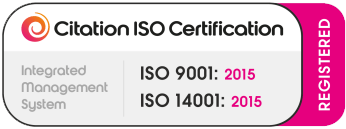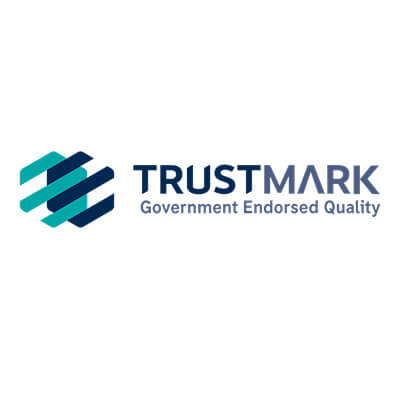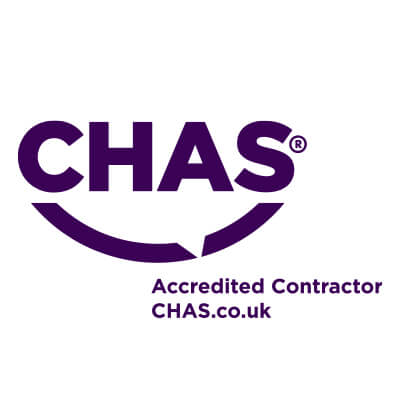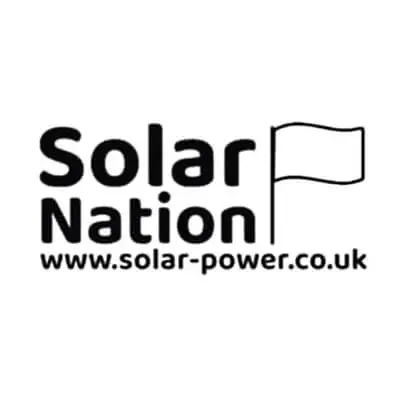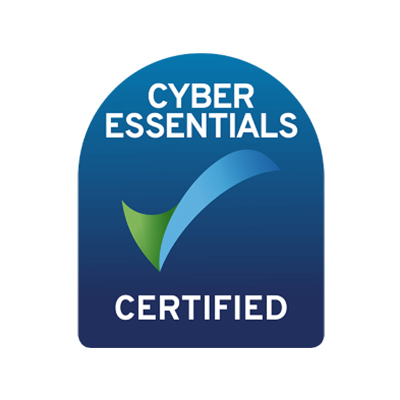North Facing Solar Panels vs South: Guide for Roof-Mounted PV

If you’re planning a solar installation in the UK, whether for a home, commercial site, agricultural building, or industrial facility, one of the first questions you will face is:
Should solar panels face north or south?
Many UK properties, especially older homes and commercial buildings, don’t have an ideal south-facing roof. This leads owners to wonder whether north facing solar panels can still deliver worthwhile energy production.
As experienced solar panel installers in Scotland, England and Wales, LowEnergy Services installs thousands of roof mounted solar panels every year, including systems on complex roofs, multi-orientation arrays, and commercial PV installations where direction significantly affects performance.
Why Direction Matters for Solar Panels in the UK?
The UK is in the Northern Hemisphere, meaning:
- South-facing solar panels receive the most sunlight throughout the day: This is why south-facing roof mounted solar panels traditionally offer the highest solar generation.
- East/west-facing panels provide balanced morning and afternoon production: They’re ideal for properties with wide roof spaces or businesses with steady daytime energy usage.
- North facing solar panels receive the least direct sunlight: This doesn’t mean they “don’t work”, they simply produce less energy than other orientations.
How Well Do North-Facing Solar Panels Perform?
Many UK buildings have no suitable south-facing roof, so owners ask whether north-facing solar panels are still worth installing.
Key Factors That Improve North-Facing Output
North-facing PV panels can still be effective when:
- The roof pitch is shallow (10–25°): This reduces the impact of orientation.
- High-efficiency commercial PV panels are installed: Modern modules capture more diffused light, especially in Scotland and Wales where cloud cover is common.
- The building has continuous daytime energy demand: Even lower-output systems can supply consistent base load.
- Bifacial panels are used: These capture reflected light from underneath, boosting yield.
- The property has shading issues on south/east/west sides: In some cases, north-facing is actually the better option.
For commercial clients considering roof mounted solar panels Scotland or large commercial PV installations, direction is only one part of the equation.
When North Facing Solar Panels Make Sense?
When the Roof Pitch Is Very Low:
- Low-angle roofs (common on commercial buildings, warehouses, industrial units) minimise production loss. A shallow north-facing roof may still outperform a steep east- or west-facing roof.
When Electricity Prices Are High and Usage Is Constant:
- If your business uses energy throughout the day, retail, manufacturing, data centres, hospitality—even a lower-output system delivers savings.
When You Want Panel Coverage Across All Roof Faces:
Many businesses choose multi-orientation solar arrays to spread generation across the entire day.
This is common for:
- Industrial solar panel installation
- Solar panels for industrial buildings
- Solar panels for business parks
- Commercial solar panel contractors working on large estates
When Panels Are Installed on a Standing-Seam or Steel Roof:
- Many commercial buildings use these materials, which allow easy installation regardless of direction.
When South-Facing Roof Space Is Unavailable:
Many commercial and agricultural buildings have:
- Ventilation systems
- Skylights
- HVAC equipment
- Pitched roofs facing east/west
Why South-Facing Panels Are Still the Gold Standard:
While north-facing panels are viable, south-facing roof mounted PV panels remain the most efficient and cost-effective for most UK installations.
Benefits include:
- Maximum solar capture
- Fastest ROI
- Best performance in winter
- Ideal for battery charging
- Consistent generation across the year
For businesses evaluating commercial solar panels or seeking a commercial solar quote, south-facing roofs usually deliver the strongest financial returns.
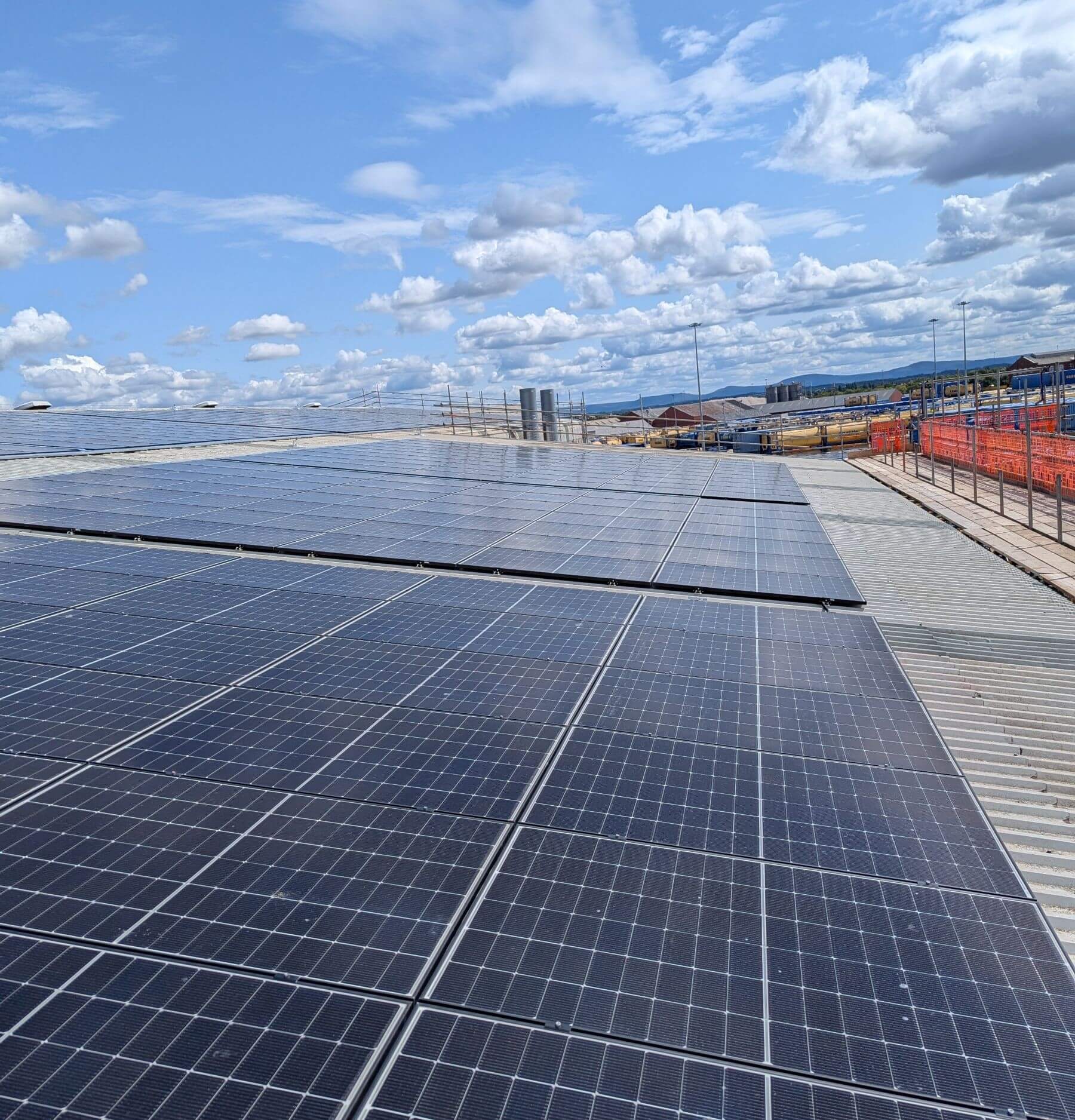
Comparing North vs South Facing Solar Panels
South-Facing Panels:
Pros:
- Highest output
- Strong ROI
- Best for energy-intensive buildings
- Ideal for commercial solar panels Scotland, England & Wales
- Works well with battery storage
Cons:
- Requires clear, unshaded roof
- Not always available on every building
North-Facing Panels:
Pros:
- Still generate energy (especially on shallow roofs)
- Can supplement south/east/west arrays
- Useful for large industrial or commercial roofs
- Work well with modern high-efficiency modules
- Suitable for low-angle installations common on commercial buildings
Cons:
- Lower production (30–50% less than south-facing)
- Longer payback period
- Not suited for steep residential roofs
Roof Mounted Solar Panels: Which Direction Is Best for Businesses?
Commercial properties often have very different energy needs compared to homes.
Business Patterns Favour Multi-Orientation Systems
For example:
- Industrial manufacturing uses energy from early morning until late evening
- Offices peak between 9am–5pm
- Cold storage and refrigeration demand constant baseload power
- Retail and hospitality often peak later in the day
This makes east-west installations, or combinations that include north-facing panels, highly effective.
Large commercial buildings often incorporate:
- South-facing for peak generation
- East-facing to support morning energy needs
- West-facing for late afternoon operations
- North-facing roof areas to maximise total system size
This approach allows businesses to offset more grid demand and reduce reliance on fossil fuels.
Roof Mounted Solar Panels vs Ground Mount Options
Some businesses consider whether north-facing roof constraints justify switching to a ground-mounted system.
Ground mounted solar is ideal when:
- The roof is heavily shaded
- North-facing is the only option
- The building has structural limitations
- You want to scale up to 200 kW, 500 kW or 1 MW+
- The business owns unused land
LowEnergy Services installs both roof mounted solar panel systems and commercial ground-mounted solutions across the UK.
Commercial Solar Panels: Does Direction Affect ROI?
Yes, but not always dramatically, especially in the commercial sector.
Average ROI ranges:
- South-facing roofs: 3–5 years
- East/West-facing roofs: 4–6 years
- North-facing roofs: 6–10 years
ROI improves when businesses:
- Use high-efficiency commercial PV panels
- Operate during daylight hours
- Have high electricity costs
- Install battery storage
- Use a large portion of solar energy generated onsite
North-facing is less about maximum profit and more about maximising available space and increasing energy independence.

Conclusion: Should You Install North Facing Solar Panels?
Yes, if your roof is shallow, shading blocks other orientations, or you want to maximise roof coverage. But south-facing panels will always produce the most electricity in the UK.
LowEnergy Services helps businesses across Scotland, England, and Wales design the most effective and financially beneficial roof mounted solar panel system, regardless of orientation. Get in touch now for our free quote for solar panels
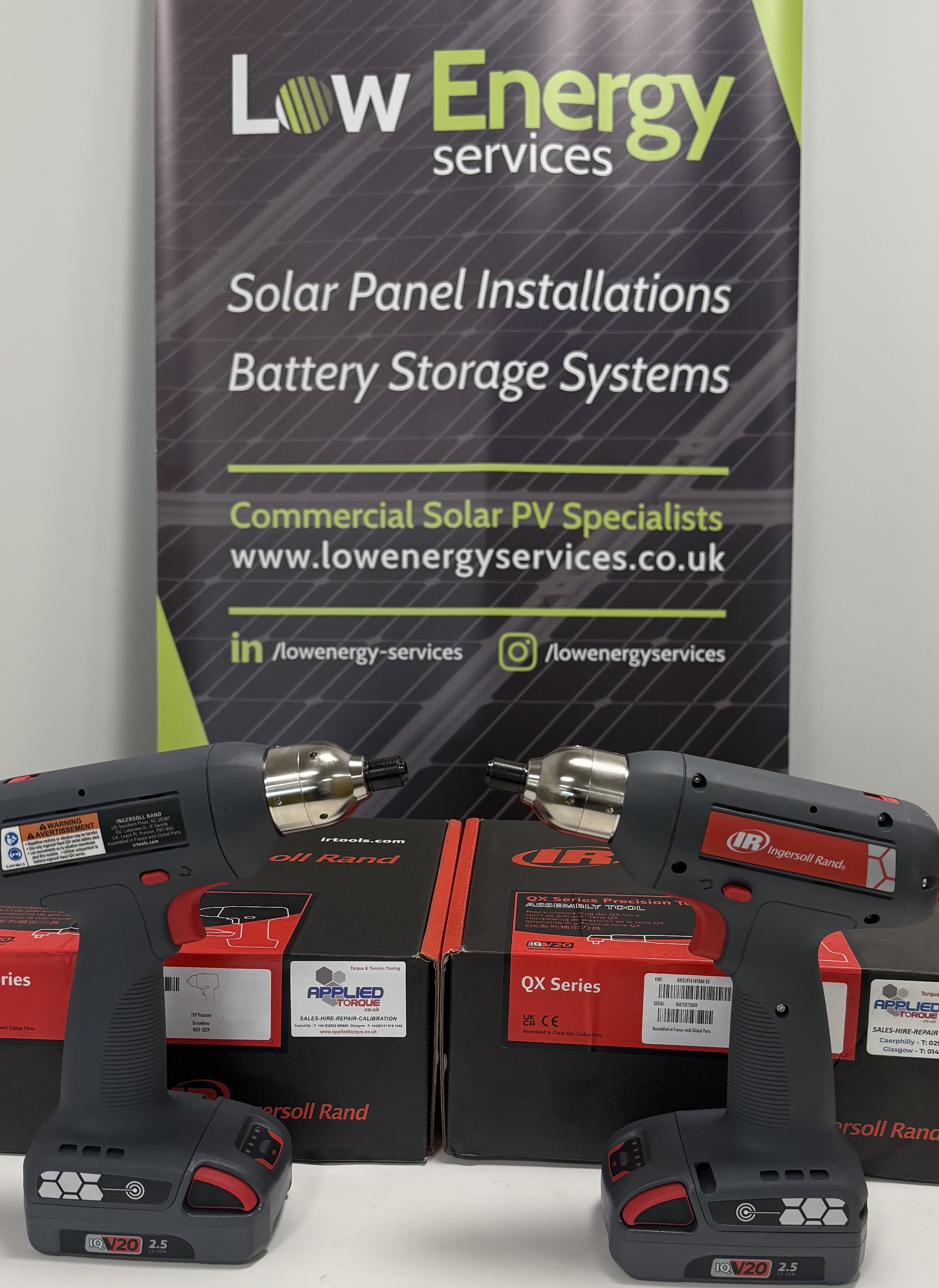

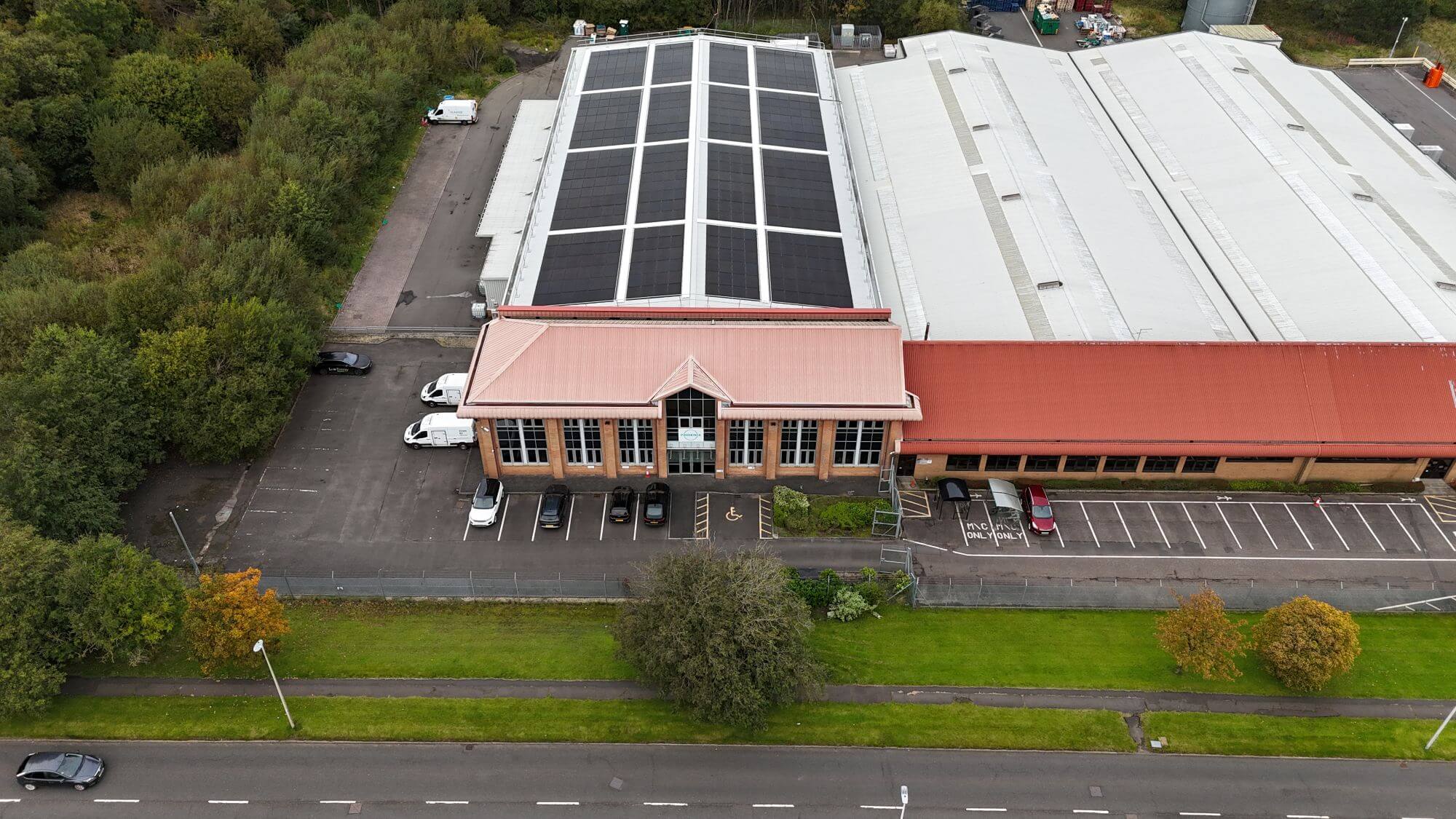
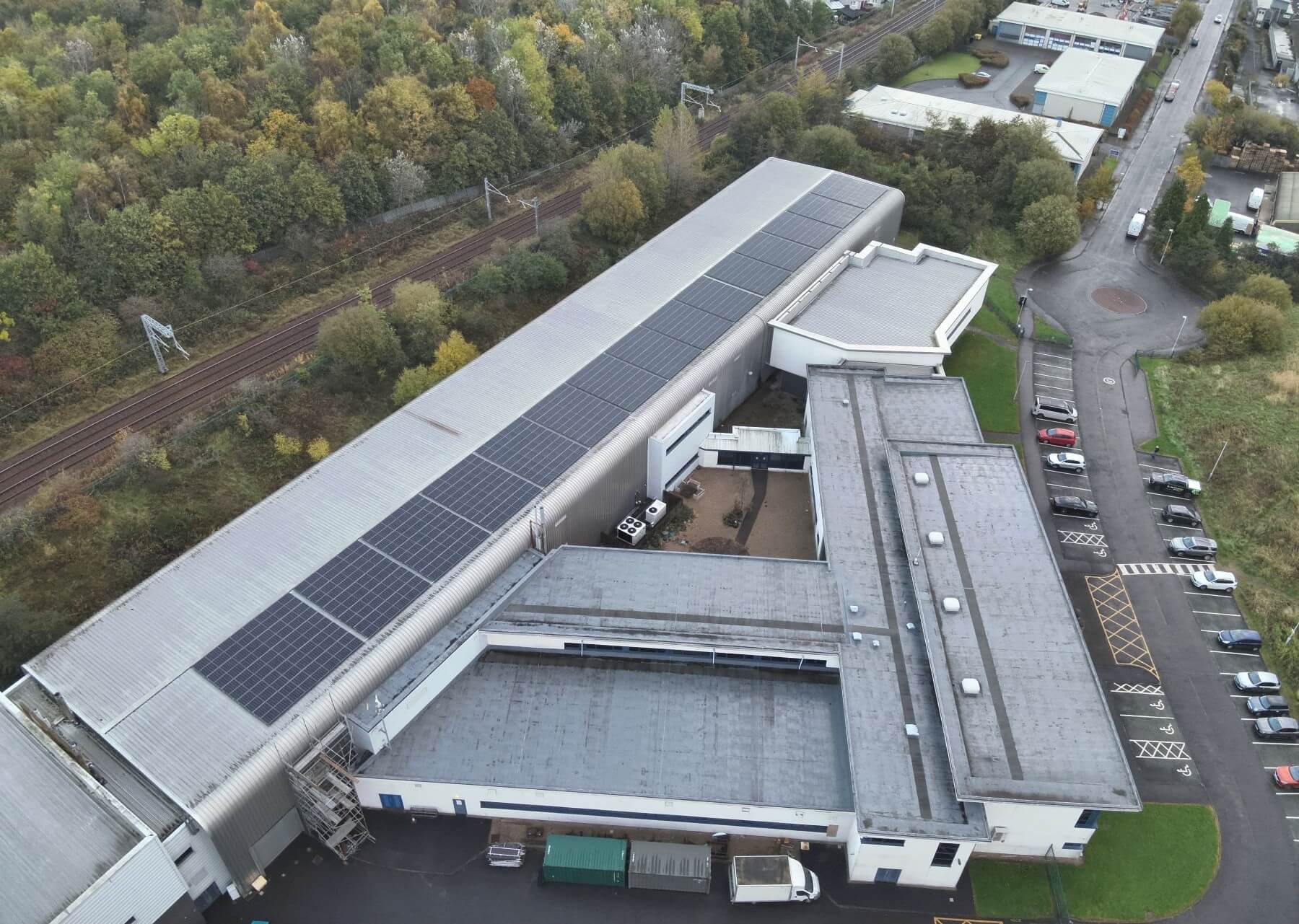
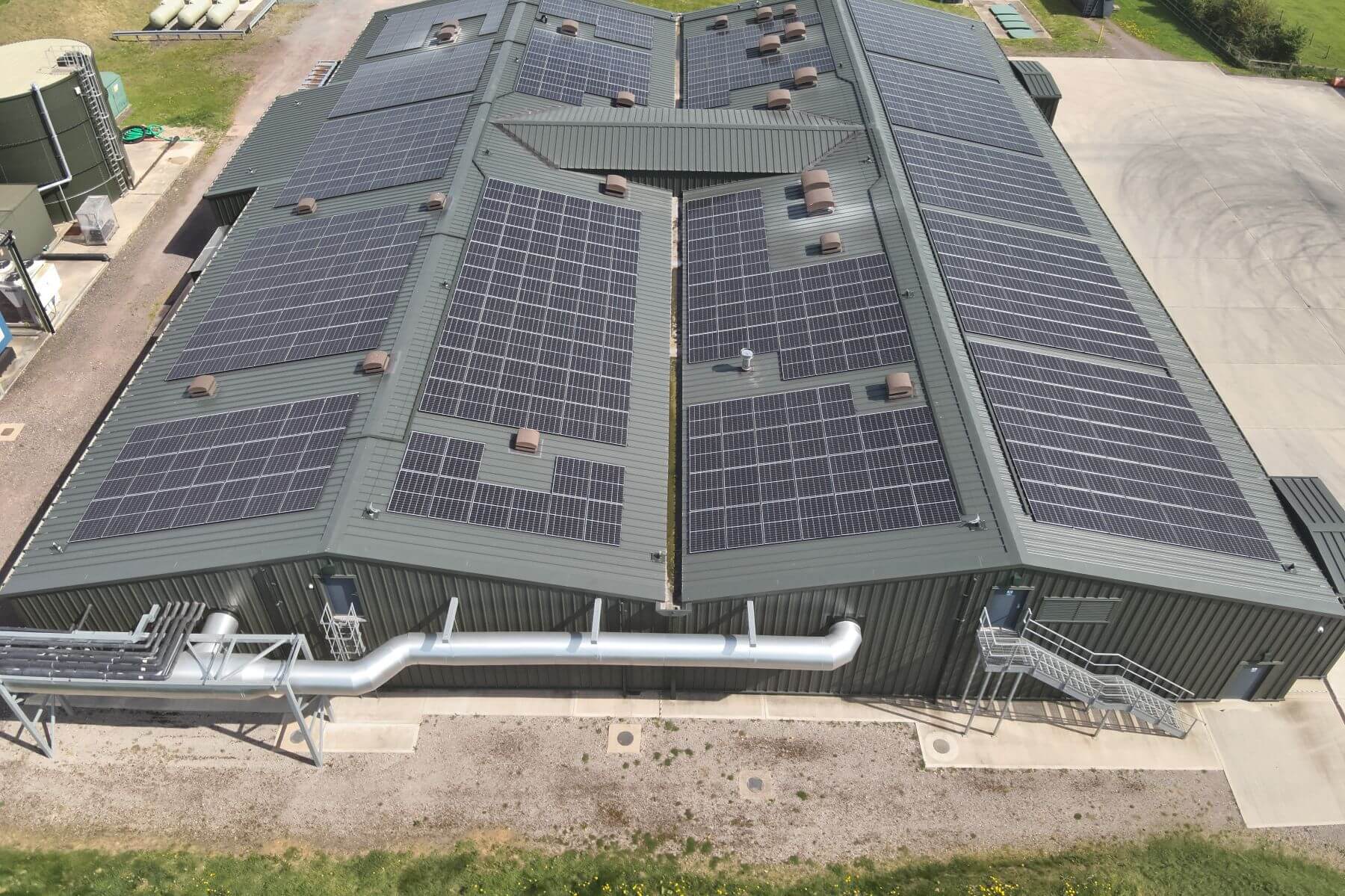
 Renewable Energy Specialists
Renewable Energy Specialists